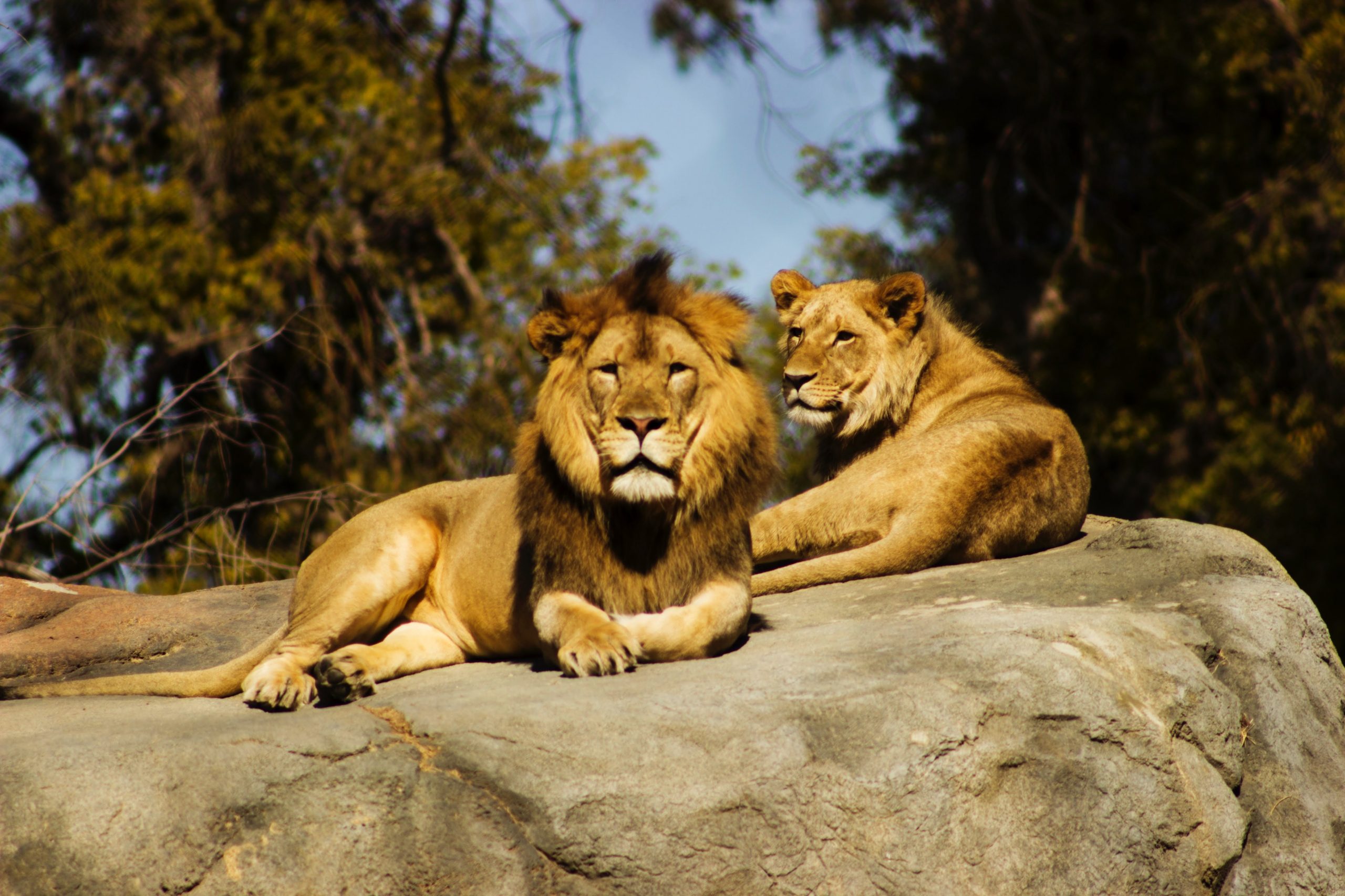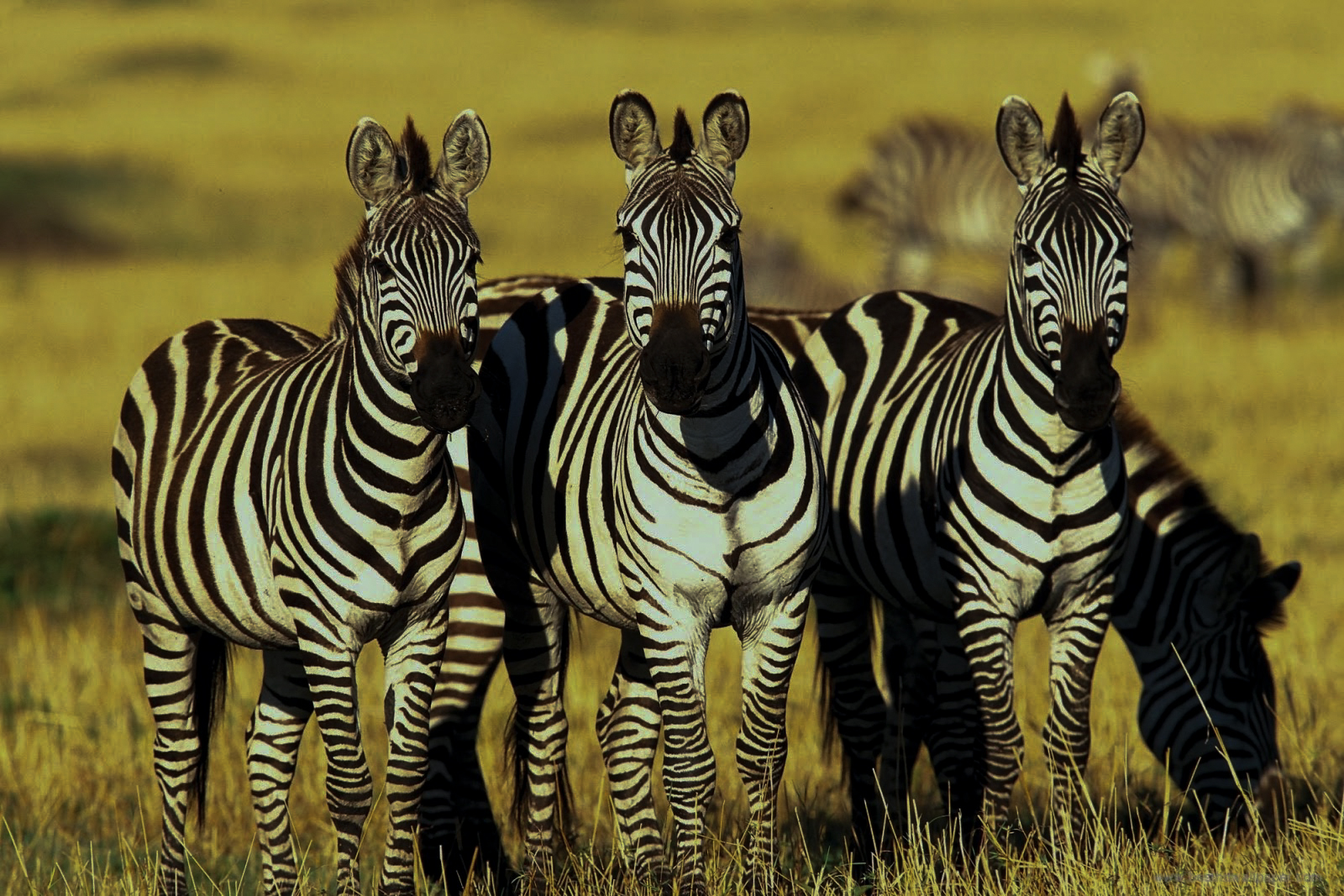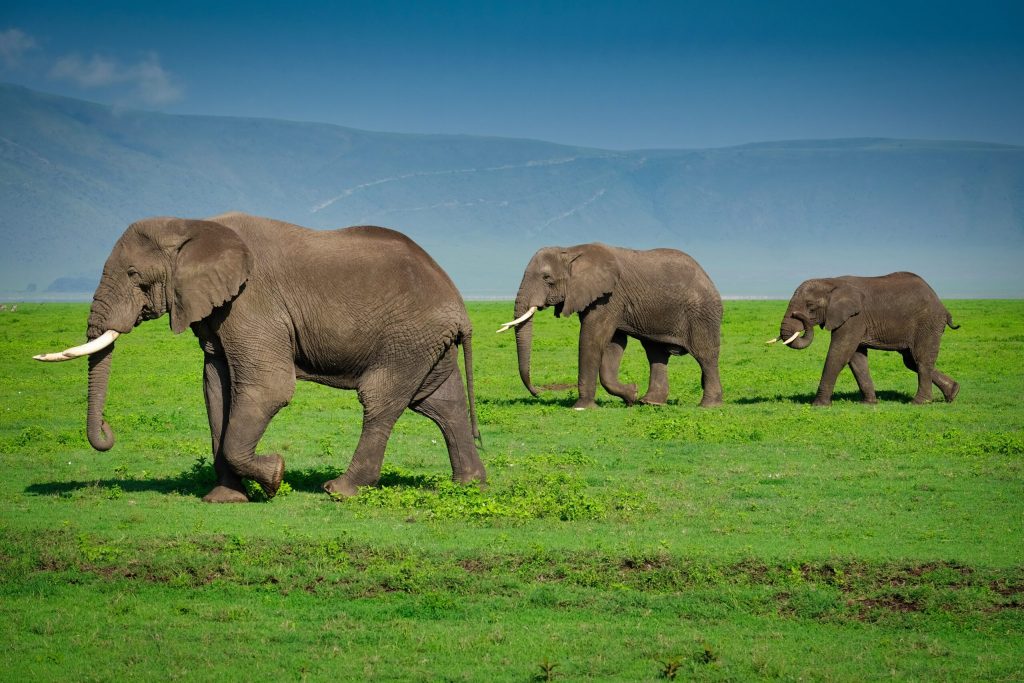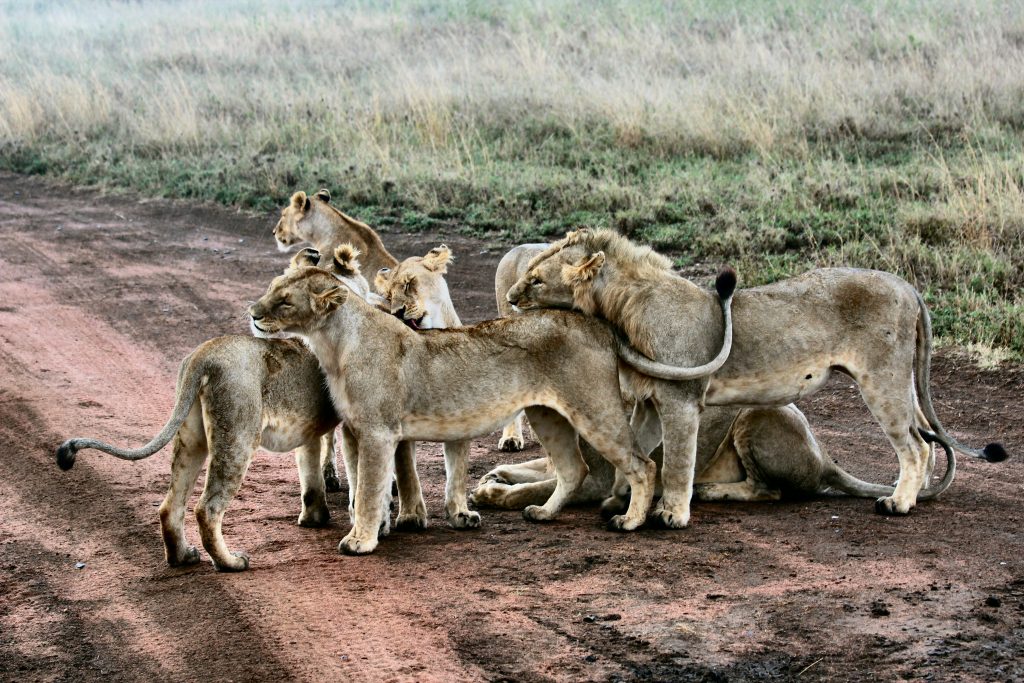Considering Serengeti National Park safari?
It’s the only place where you can witness millions of migrating wildebeest over the Acacia plains, it’s the cradle of human life, and probably the closest to an untouched African wilderness you will ever get: welcome to Serengeti National Park. Where time seems to stand still, despite the thousands of animals constantly on the move.
The never-ending circle of the Great Migration
Serengeti National Park was one of the first sites listed as a World Heritage Site when United Nations delegates met in Stockholm in 1981. Already by the late 1950s, this area had been recognised as a unique ecosystem, providing us with many insights into how the natural world functions and showing us how dynamic ecosystems really are.
Today, most visitors come here with one aim alone: to witness millions of wildebeest, zebras, gazelles and elands on a mass trek to quench their thirst for water and eat fresh grass. During this great cyclical movement, these ungulates move around the ecosystem in a seasonal pattern, defined by rainfall and grass nutrients. These large herds of animals on the move can’t be witnessed anywhere else. Whereas other famous wildlife parks are fenced, the Serengeti is protected, but unfenced. Giving animals enough space to make their return journey, one that they’ve been doing for millions of years.
Beyond the Great Migration
Even though, for many travellers, the migration is one of the main reasons to visit Serengeti National Park, it’s worth looking beyond this immense spectacle. First of all, nature can’t be directed. Having realistic expectations of your chances to witness a river crossing, or a large herd on the move, is crucial. A river crossing for example often only lasts thirty minutes, so can be missed in the blink of an eye. But don’t let this discourage you: there are plenty of other reasons to visit the Serengeti. If it’s not for this vast stretch of land where you can drive forever and never get enough, it might be for the incredible skies of dazzling colours, or the primal feeling of excitement when a deep dark-grey thunderstorm appears on the broad horizon. Or you might answer the lion’s call, and come to the Serengeti for one of the largest concentrations of predators in the world: the herds support about 7,500 hyenas, 3,000 lions and 250 cheetahs. And how about the silent grey giants? Elephants in the Serengeti amble over the plains into the woodlands, feasting on leaves and tree branches.











